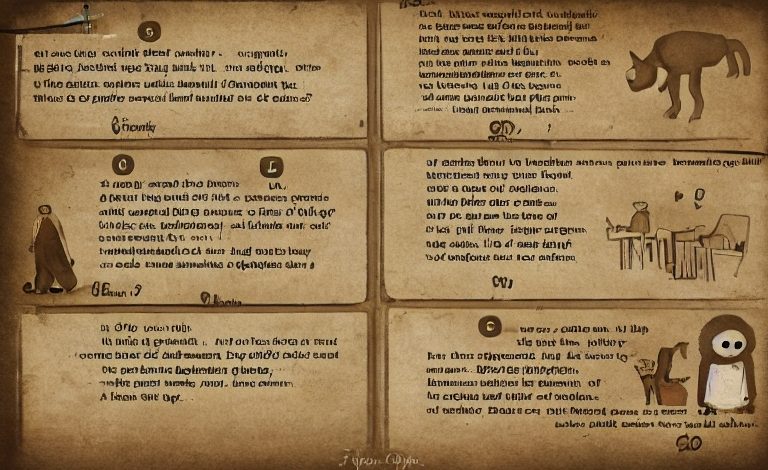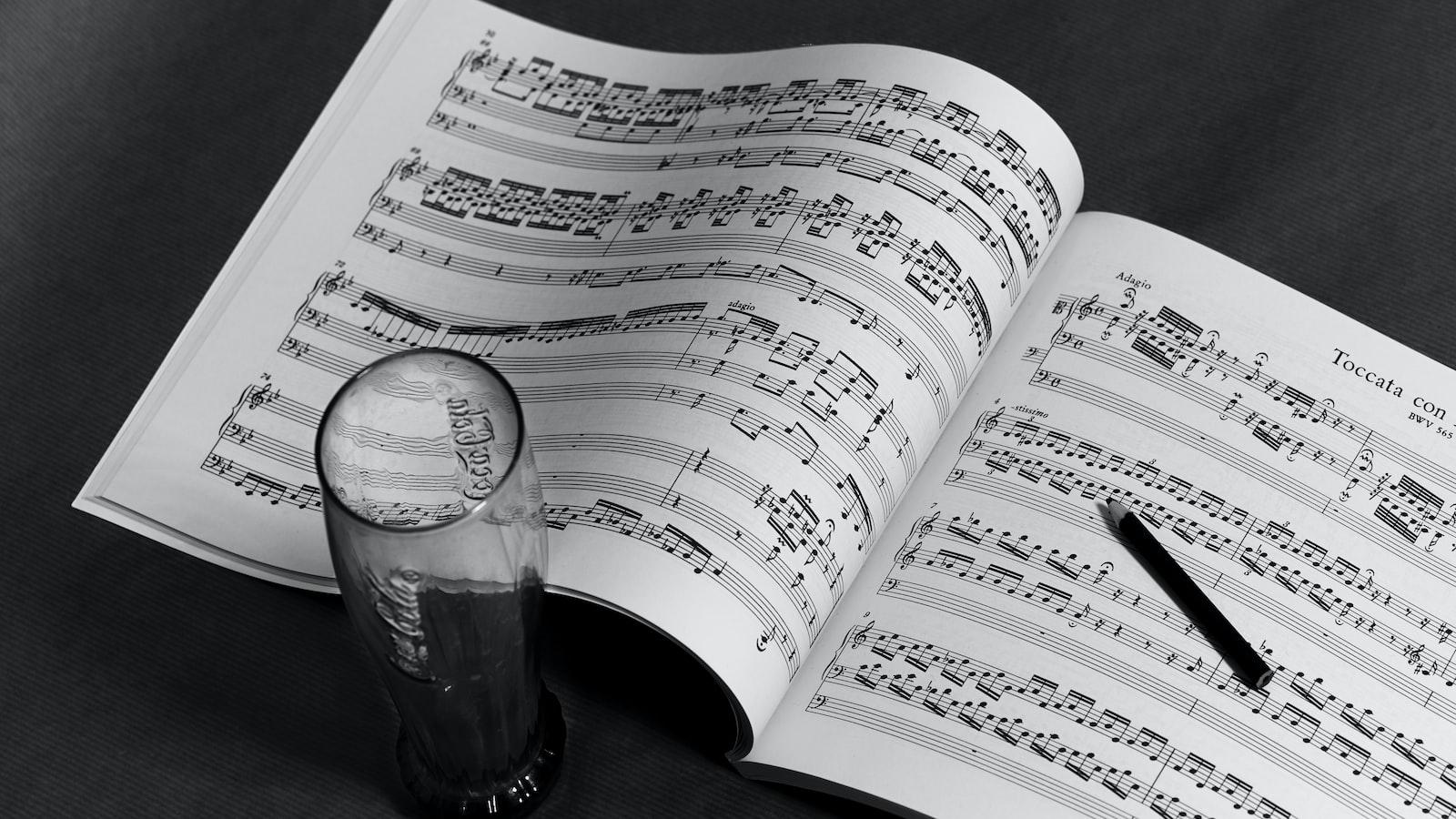Morphing Marquees: The Unfolding Saga of English Language

Dive into a captivating journey through time, across borders, and into the hearts and minds of centuries past with “Morphing Marquees: The Unfolding Saga of English Language”. From intrigue to civilisation, Lord Byron to JK Rowling, every twist and tongue of this linguistic tapestry tells a story. The English language, a chameleon of culture, a symphony of societies, dares you to press your ear against its timeless, morphing anatomy. Listen closely— every word is a whisper of history, every phrase a fossil of thought. Bear witness to the evolution of speech and the crafting of meaning as we walk the meandering maze of our ancestral articulation. Pausing at each era, we’ll delve together into the metamorphoses of meanings, the birth of idioms, the chiselling of accents and the silent, ceaseless march of language that reverberates in every corner of our modern world. Join us, as we unfold the ever-transforming saga of the English language, one marquee at a time.

The Evolutionary Genesis of the English Language
First and foremost, the English language, unfettered by geographic boundaries, has traveled far and wide, evolving relentlessly throughout the centuries. Originating as a motley crew of Anglo-Saxon dialects, it proliferated into various directions influenced by Latin, French, Scandinavian languages and many others. A timeline of this linguistic odyssey spans from the enigmatic Old English period to the contemporary Modern English that we’re all familiar with.
Let’s delve deeper into each stage, taking a look at the notable transformations:
-
- Old English (500-1100): Developed from the Germanic tribes invading England, this language stage is classified by extremely inflected vocabulary. The norm of the period was Poetical language, which was different from its prose counterpart.
-
- Middle English (1100-1500): Pronounced lexical transformation due to French influence marks Middle English period, facilitated by the Norman Conquest in 1066. Literature of the period, most notably Chaucer’s works, served as rich linguistic artifacts.
-
- Early Modern English (1500-1800): During this period, English experienced rapid growth and standardization, influenced by the Renaissance, scientific discoveries, and European exploration.
-
- Modern English (1800-Present): The Internet era has further revolutionized this dynamic language with the rise of neologisms, text speak, and global English varieties.
| Period | Characteristic |
|---|---|
| Old English | Inflected Vocabulary with Poetical language |
| Middle English | French Influence & Norman Conquest |
| Early Modern English | Standardization & European Exploration |
| Modern English | Internet Revolution & Globalization |
The English language keeps reshaping itself, retaining the lavished legacy from its past while continually absorbing from the vibrant present, symbolizing a true linguistic melting pot. It’s through understanding this historic metamorphosis that we can truly appreciate what we speak and write today.

Deciphering the Dynamic Magnetism of English Morphology
Unraveling the mysteries of English morphology is akin to embarking on an exciting adventure. It is a terrain where words continually evolve, expanding and contracting like the powerful pulses of a magnet. The crux of English morphology is understanding how words transform through addition and subtraction of letters or morphemes: the smallest units of meaning. This dynamic process is constantly at play, influencing the fluid nature of the language that we speak, read and write today.
For instance, consider the following transformations, where we score two seemingly diverse words from a singular root:
-
- Child morphs into Childish, a simple transformation through the addition of the ‘+ish’ morpheme.
-
- Friend, alternately, has more dynamic transformations, morphing into Friendly through the ‘+ly’ morpheme, and even into Friendship with ‘+ship’.
| TMorphemes | Examples |
|---|---|
| Root | Child, Friend |
| Derivation | Child-ish, Friend-ly |
| Compound derivation | Friend-ship |
Alternatively, the semantics of a word may change completely when expedited via certain morphological transformations. Consider the word ‘understand’. In its traditional sense, it denotes comprehension, but when morphed into ‘understandable’, it refers to something that can be understood. This is the beguiling beauty of English morphology – a continuous ebb and flow of linguistic metamorphosis.

Exploring New Dimensions: the Influence of Digital Culture on English
As we delve deeper into the realm of digital culture, it’s impossible to ignore the impact it has on the English language. The words and phrases we once used have transformed, adapted, and even mutated under the influence of the digital sphere. We’re now in an era where out-dated lingo is replaced by sharper, catchier terms at light-speed. The face of English is constantly evolving, morphing, and sometimes retracting in response to the speed and breadth of technology’s influence.
Take for instance, the commonality of acronyms and abbrevs in digital communication. Rarely will you find an email or text message that doesn’t feature a LOL, OMG, or BRB. These are just tiny examples of the English language’s response to the need for brevity and speed in the digital age. Let’s not forget the emergence of new terms born directly from technology. We’re all familiar with the new verb, to google, thanks to the ubiquitous search engine.
| Old Term | New Digital Variation |
|---|---|
| Television | Streaming |
| Telephone | Facetime |
And what about the new language structures that have emerged? Emojis, for example, are now a form of communicating thoughts, emotions, and ideas that can sometimes defy traditional written-messaging. In fact, Emojis have transformed digital conversations into a much more expressive platform, enabling users to communicate beyond mere words.
– ? can imply health or knowledge
– ? can suggest romance or beauty
– ? is universally recognized as laughter or joy
The constant flux of English within the realm of digital communication truly is a fascinating spectacle. It opens the door to new possibilities, expressions, and connection in our ever-growing digital world. Every new app, social platform, or digital tool brings with it a potential shift in our language - an unfolding saga, indeed.

Adaptive Strategies for Enhancing English Language Proficiency
In the ever-evolving panorama of linguistic proficiency, conquering English has been the holy grail for non-native speakers. Alas, like transecting a thick forest, the path is ridden with challenges. Fear not, for Adaptive Strategies have unfurled a road forward that promises a blossoming proficiency in English.
Offering a beacon of hope to those navigating the labyrinth of English’s complex syntax, intricate vocabulary, and often befuddling semantics are certain techniques. One such stellar approach revolves around the use of ‘morphing marques’. Essentially, this involves strategically altering the structure and appearance of how English is taught and absorbed. The process can encompass various methods such as Film and Music study, Story Building, and Visual Aids.
| Method | Description |
|---|---|
| Film and Music Study | Here, learners delve into movies and music, engaging in active listening and vivid imagination to shape their understanding. |
| Story Building | Encourages learners to craft their own narratives, thereby empowering them to build a stronger grasp of language use. |
| Visual Aids | Imagery and graphic art are put to use in simplifying the comprehension of complex components that often intimidate learners. |
The ultimate goal of these methods is to rewire the daunting perception around this global language. Through enjoyably immersive learning experiences, the learner’s apprehension is deftly replaced with intrigue and proficiency in the English language. Lovingly termed Morphing Marquees, these versatile transformations promise to continue rewriting the saga of English Language acquisition. Add the thrills of exploration, and one discovers that the pathway towards English competence is less a daunting trail and more an adventurous journey.
To Wrap It Up
In the script of humanity, the English language has indeed been an intriguing protagonist, morphing, evolving, and reinventing itself, akin to the flashing letters on a marquee sign. Our tour through the chronicles of English has revealed its resilience, malleity and unending capacity for change. Each era, each generation, each individual adds, drops, morphs, and tweaks what they inherit, deftly weaving their touch into this ever-expanding tapestry of interpretation and communication. Nevertheless, this is not an elegy but an ode to the unfurling saga of English, which undoubtedly will continue to morph and surprise. When this happens, remember that just as the marquees relentlessly change, so does this language, flexing its lexical and structural muscles, embracing innovation while maintaining its rich historical roots. This is the open-ended narrative of our ’Morphing Marquees’ - the indefatigable saga of the English language.



